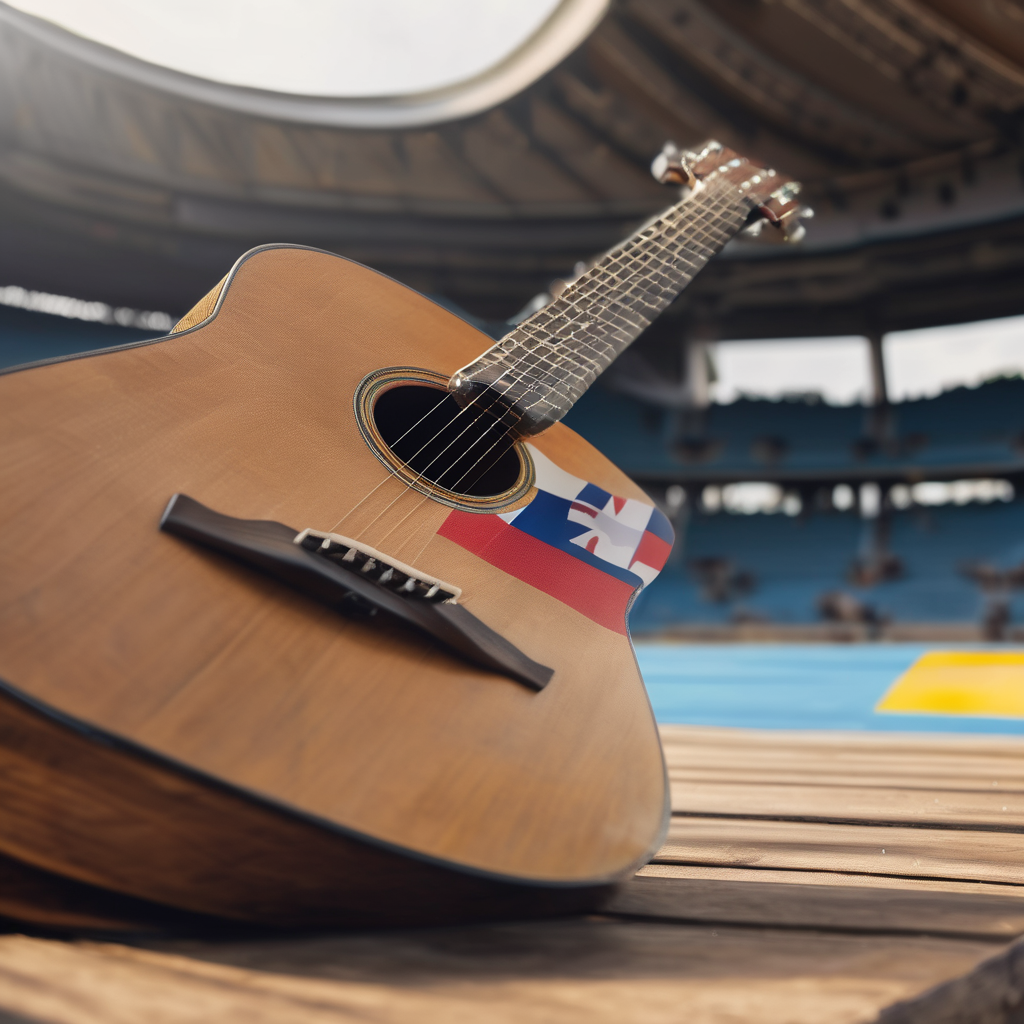A petition aiming to replace Bad Bunny with country music legend George Strait at the 2026 Super Bowl Halftime Show is gaining significant momentum, amassing over 30,000 signatures online. Launched on October 1 by Virginia resident Kar Shell, the petition criticizes the selection of Bad Bunny, suggesting that his performance is not in line with the values expected for such a major family-friendly event.
The NFL, Roc Nation, Jay-Z, and the city of Santa Clara announced Bad Bunny’s headlining act for the Super Bowl on February 8, 2026, leading to contentious discussions among fans and public figures. Notably, former President Donald Trump labeled the choice “absolutely ridiculous,” igniting political debate surrounding the matter. Shell’s petition argues that Bad Bunny, known for his distinctive drag performances and bold style, does not represent the cultural unity they believe the halftime show should embody. Instead, they endorse George Strait, famously known as the “King of Country,” stating that he symbolizes American traditions and values.
As of October 16, the petition had gathered 30,551 signatures, reflecting a significant divide in public opinion. Critics have voiced concerns regarding Bad Bunny’s Puerto Rican heritage, his Spanish-language music, and his stances on immigration and LGBTQ+ rights, labeling some of his views as “un-American.” However, it’s essential to note that a substantial number of voices—including California Governor Gavin Newsom and Green Day drummer Tré Cool—as well as fans, have expressed their enthusiasm for Bad Bunny’s upcoming performance.
Despite the pushback, Bad Bunny remains unfazed by the controversy. He addressed the critics during his “Saturday Night Live” hosting appearance, suggesting that detractors should take the opportunity to learn Spanish in the time leading up to the performance.
This polarization reveals deeper dynamics within American culture, as the Super Bowl showcases not just sports but the diverse spectrum of entertainment that reflects the nation’s values and identities. While some advocate for a more traditional representation, others see the inclusion of diverse artists as a celebration of the evolving cultural landscape.
